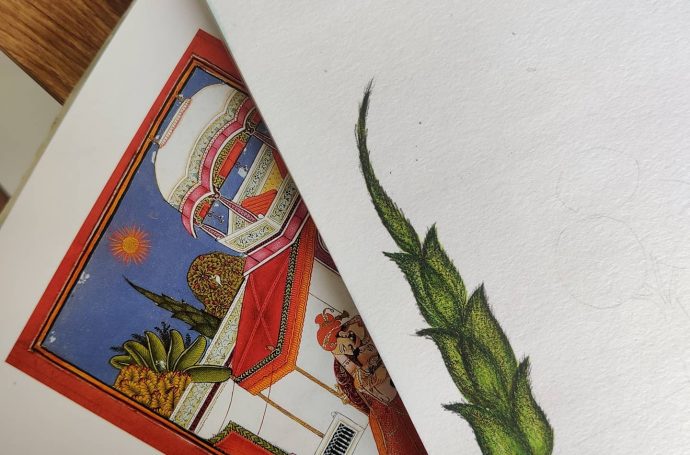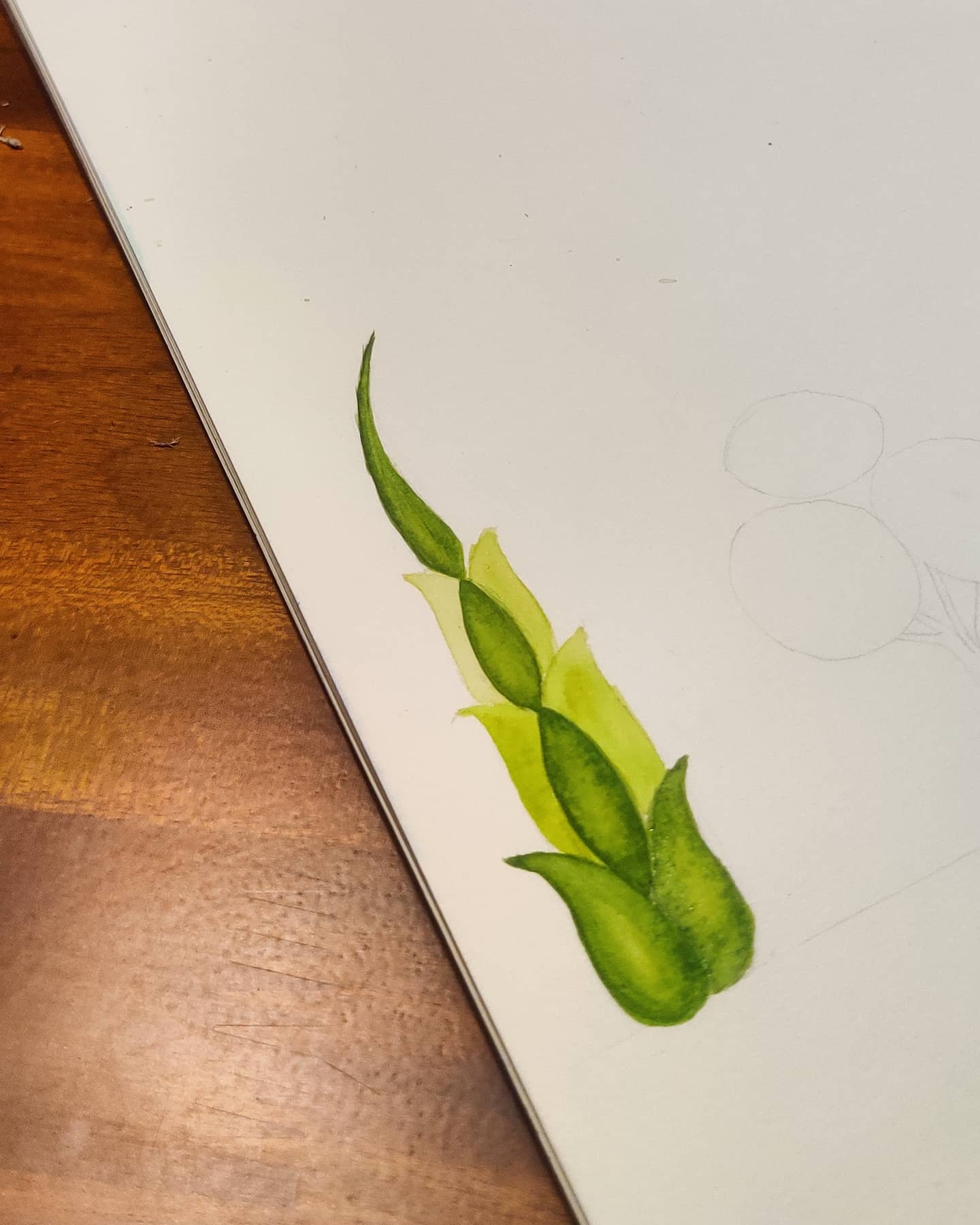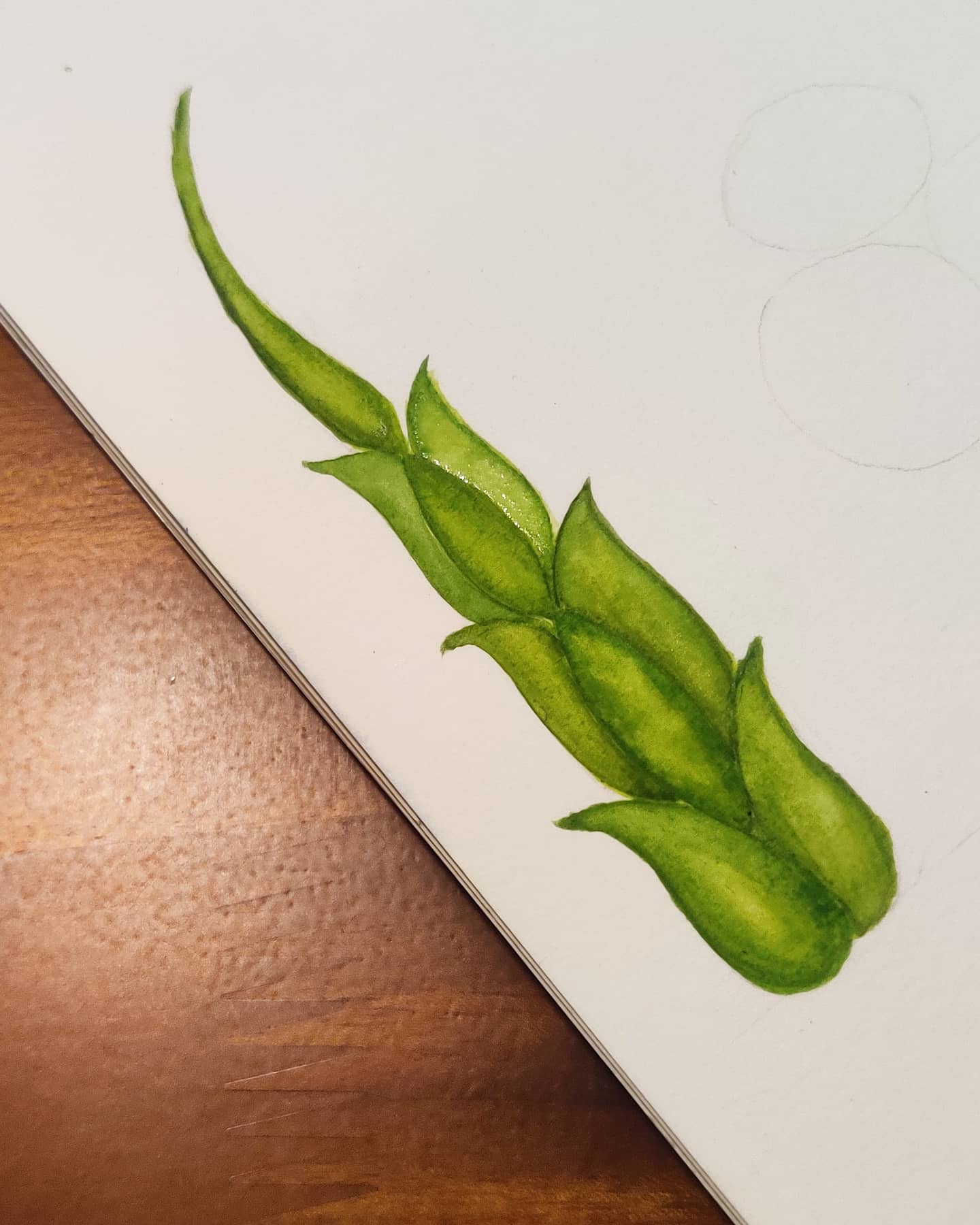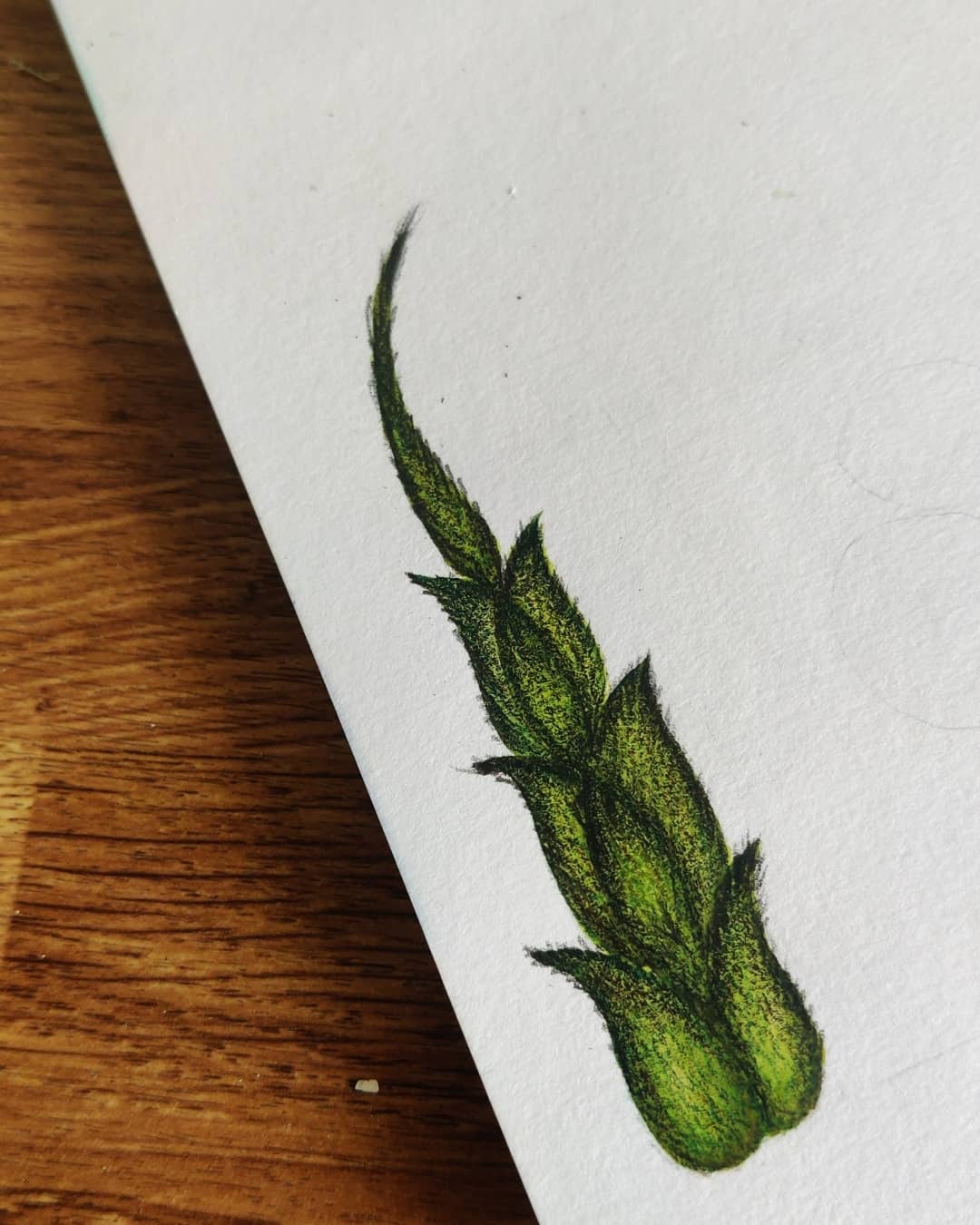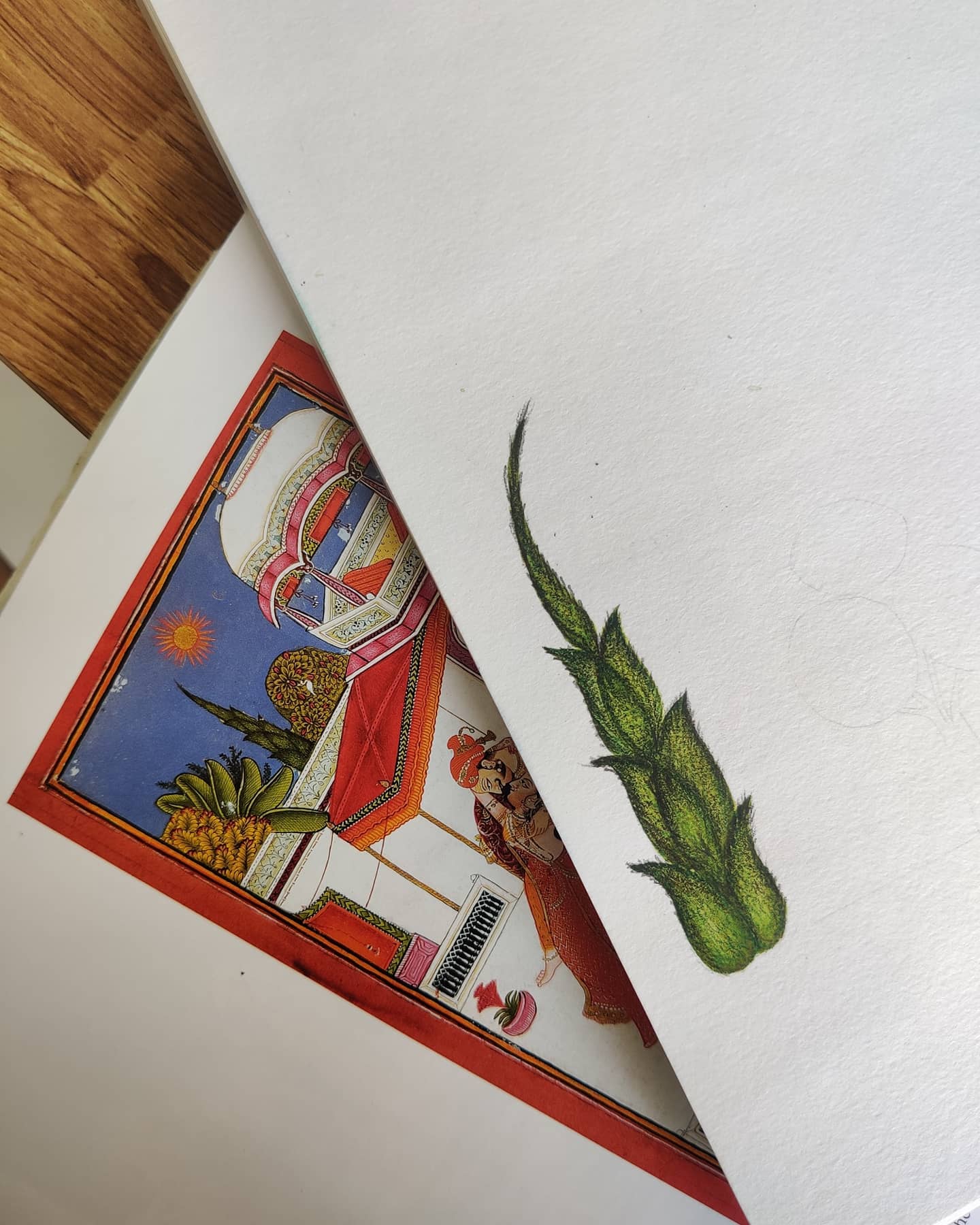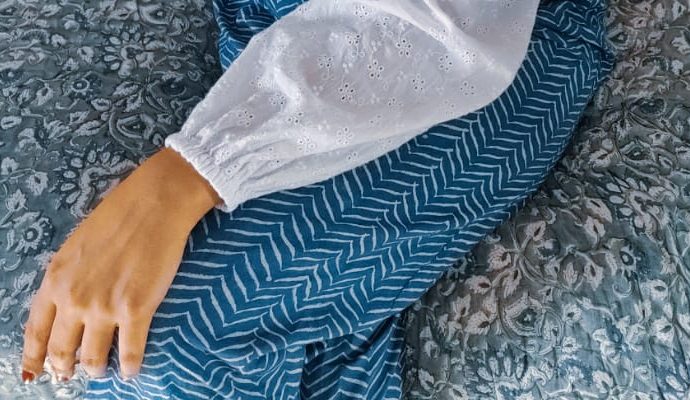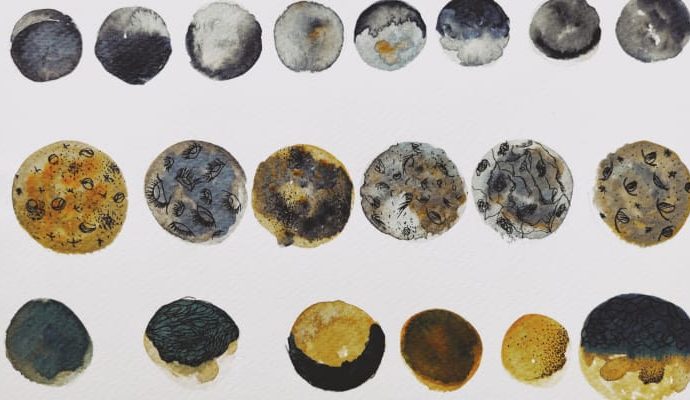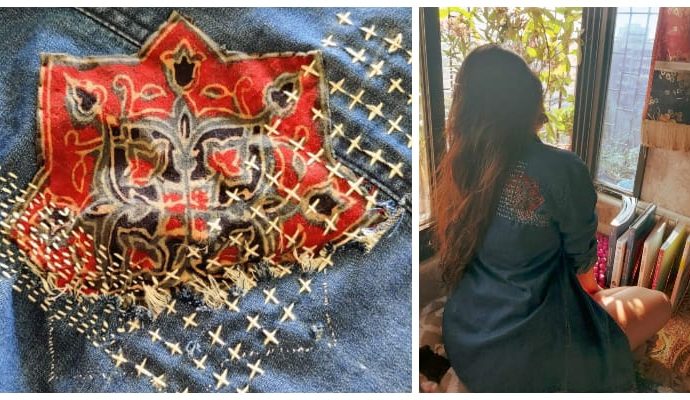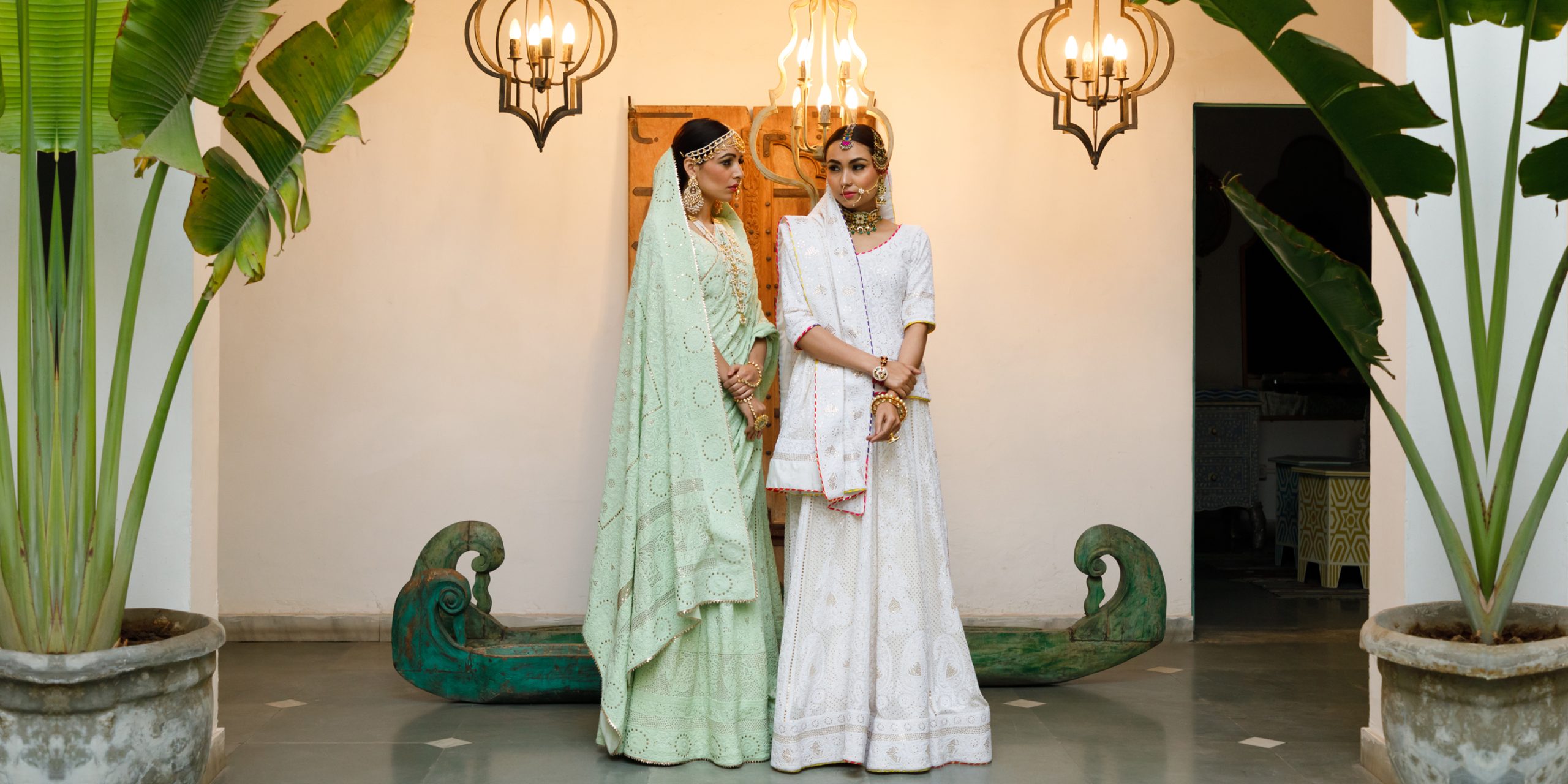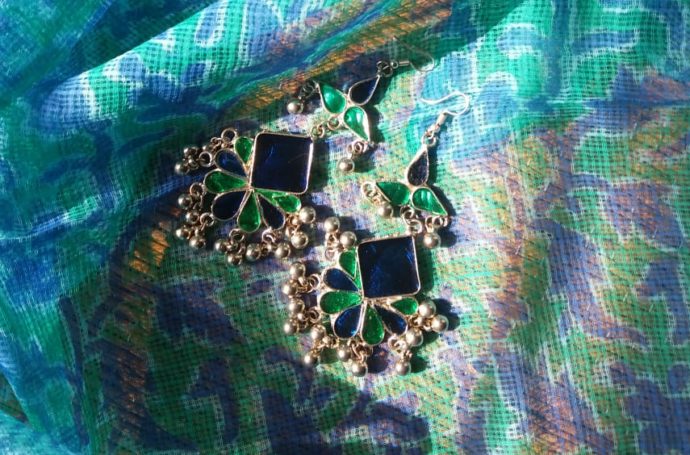Today’s a stylized, delicate and romantic cypress tree inspired by foliage spotted in the background of a very romantic painting.
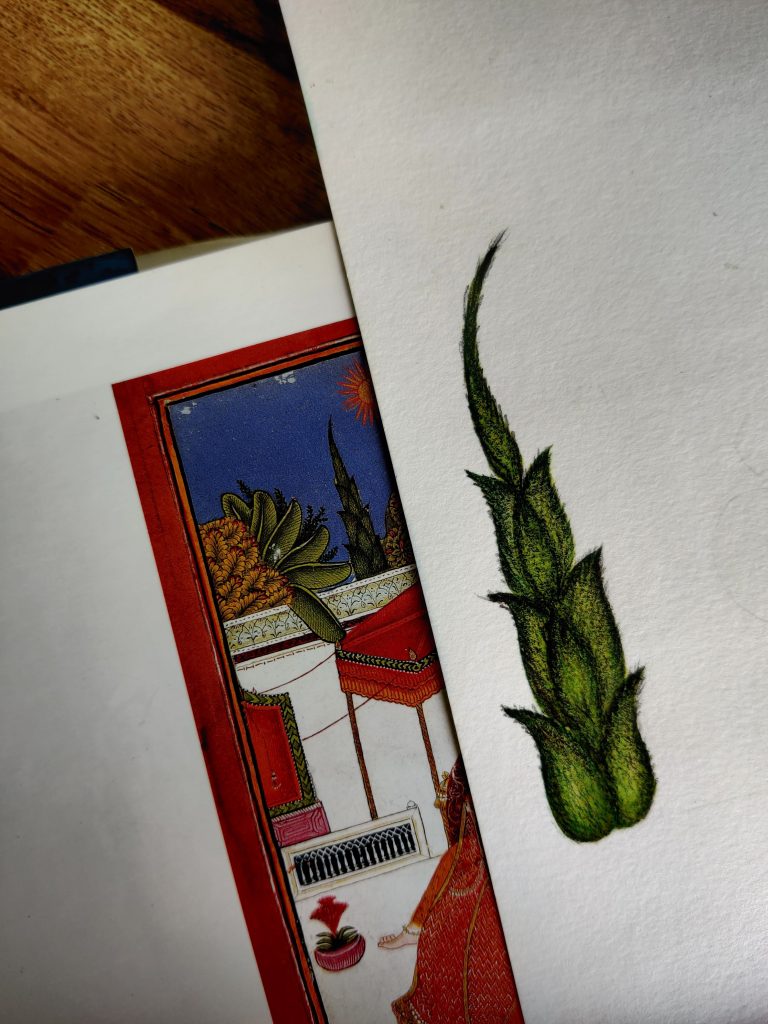
Here’s a glimpse of the process:
I think there’s going to be plenty of botanical drawings inspired by Indian miniature art during my project. I love how the stylization and treatment given to foliage is at once intricate and refined while also reducing the form to a simplistic expression. The painting this came from is … Read Full

